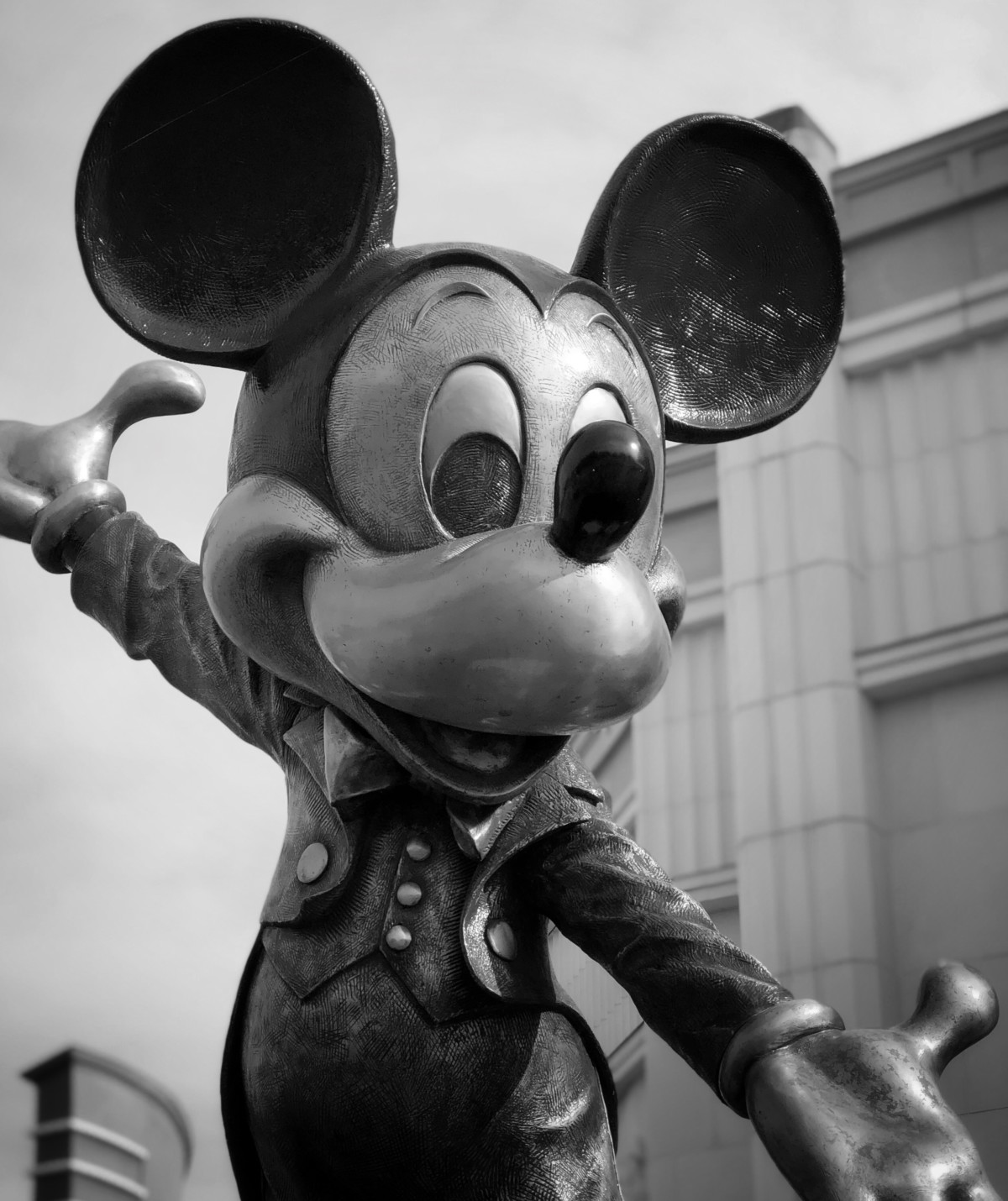In American culture, Disney has become synonymous with childhood. Present-day grandparents grew up watching the animated films, wearing Mickey Mouse pajamas and begging to go to Disneyland. But while it all seems innocent, few people have considered the hold that the Disney Corporation has not only on their own lives, but on the world as a whole.
Henry Giroux and Grace Pollock explore this relationship between consumer and industry in their book “The Mouse that Roared: Disney and the End of Innocence.” [Full disclosure: Henry Giroux is a member of Truthout’s Board of Directors.]
Cuddly cartoon animals and whimsical fairy-tale stories are merely Disney’s public face. The expansive conglomerate is not limited to Disney film and theme parks. It also owns six motion picture studios, ABC television network and its 226 affiliated stations, multiple cable television networks, 227 radio stations, four music companies, three cruise lines, theatrical production companies, publishing houses, 15 magazine titles and five video game development studios. This media and culture monopoly goes unnoticed by most Americans, who just want to indulge their childhood fantasies as Disney so deftly enables with its movies, theme parks and merchandise.
Giroux and Pollock’s peerless scholarship exposes Disney through essential, hard-hitting information that America needs to face. The authors’ dedication to thorough research and the book’s trove of facts and statistics make this an indispensable reference work, as well as a passionately engaged and engaging investigation of Disney and its place in consumerist America.
A case study of corporate morality and intention, “The Mouse that Roared” also analyzes the zeitgeist and culture that both give rise to and are shaped by Disney, which, as the authors illustrate, succeeds in raking in money by both pandering to childhood and adult imagination, and molding the minds of our youth.
The authors quote Walt Disney: “I think of a child’s mind as a blank book. During the first years of his life, much will be written on the pages. The quality of that writing will affect his life profoundly.” They demonstrate how Disney’s movies, TV shows and toys are doing a majority of that writing in this generation’s children.
Cultural pedagogy provides the lens through which Giroux and Pollock evaluate not only the media monopoly the Disney conglomerate has built, but also the impact of that media on the development of cultural attitudes and behavior through the targeting of youth, beginning today with Disney video programs aimed at infants.
The Baby Einstein products are designed to entertain and educate children as young as three months. However, according to the Journal of Pediatrics, infants who watched an hour or more of television a day displayed slower language development. While the Baby Einstein Company did eventually remove the section from their web site claiming that their videos had educational value for children, a 2007 study still showed that 48 percent of parents thought these videos had a positive effect on young children.
“The Mouse that Roared” also draws attention to the gender stereotypes in Disney princess movies, from older cartoons such as “The Little Mermaid” to their newest, “Enchanted.”
“Disney has become a major player in global culture, and the first casualties of its dominance in popular culture are, of course, those who are most defenseless – children,” the book warns.
But Disney has even taken the parental audience into their cultural monopoly, making it difficult for parents to see exactly what the conglomerate is doing to their children. In 2007, Disney launched DisneyFamily.com, a web site targeting the 32 million moms online in America. The web site features parenting tips – which, the authors point out, spend considerable time and energy attempting to refute the findings of experts in the children’s heath field.
“The Mouse that Roared” doesn’t shy away from judgment. At the book’s conclusion, the authors sum up their assessment of Disney’s influence
Disney’s view of children as consumers has little to do with innocence and a great deal to do with corporate greed and the realization that behind the vocabulary of family fun and wholesome entertainment is the opportunity to teach children that critical thinking and civic action in society should be far less important to them than assuming the role of passive consumers.
It doesn’t matter whether the films are cute, or the theme parks enjoyable – there is something bigger lying underneath this family-friendly exterior. Disney is, after all, a business. They want to make money. And they achieve this goal by marketing products to our children, to our infants, even. Even if one puts aside the theme parks’ unfiled injury reports, or the egregious gender stereotypes, ultimately, Disney is creating an army of consumers out of children, which is a frightening thought. Giroux suggests that Disney is saying our “civic responsibilities are limited to the act of consuming.”
“The Mouse That Roared” seeks to prompt a critical evaluation of media intentionality and messaging. “Whose interests do media monopolies represent? How do media monopolies produce and profit from the particular messages they circulate? And what might it mean to make public culture matter more than entertainment, spectacle, consumption, and tourism?”
Giroux and Pollock’s book attacks these questions and more in this excavation of the Disney conglomerate and its intentions. The reader cannot fail to come away with an enriched critical understanding of the reality of media monopolies in a world trending to mindless consumerism.
